[UPDATE] Boeing’s Starliner Capsule Primed for Launch Atop Atlas V Rocket!
21st Mar 2024![[UPDATE] Boeing’s Starliner Capsule Primed for Launch Atop Atlas V Rocket! [UPDATE] Boeing’s Starliner Capsule Primed for Launch Atop Atlas V Rocket!](https://orbitaltoday.com/wp-content/uploads/2024/03/Starliner-1.jpeg)
The Starliner, Boeing’s commercial spacecraft, is primed to carry astronauts into space for the first time. The CST-100 Starliner has undergone two flights already, both uncrewed. The first flight encountered a setback in 2019 when it failed to reach the International Space Station (ISS) as intended. However, redemption arrived with another flight in 2022, where it successfully achieved all its primary objectives.
Amidst a series of reschedulings and a “no updates” period, on 18th March, Boeing announced that spacecraft fueling has begun for the upcoming Crew Flight Test (CFT), which is now scheduled in May 2024.
In fact, these kinds of statements have been circulating since 2020, but a series of problems have kept the project grounded well past its initially scheduled launch date. So, will it ever fly? What’s with all the updates, fails, and possibilities to meet the deadline?
UPDATE 16 April: Starliner CST-100 Is Stacked on the Atlas V Rocket for a May 6 Launch
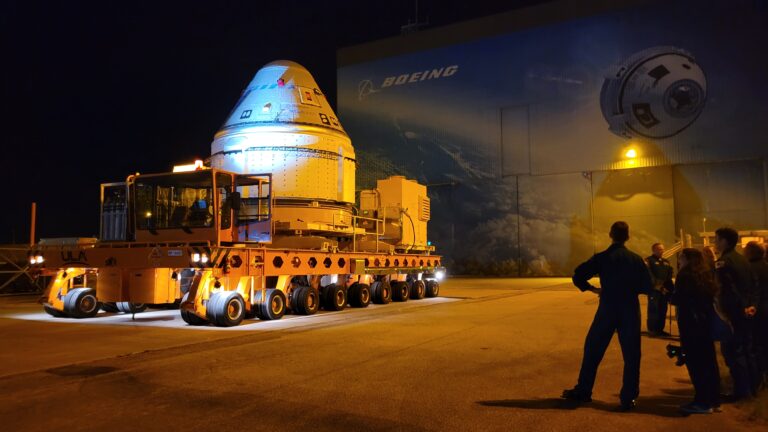
Recently, Boeing reported that the CST-100 Starliner is ready for its mission, having been transported to the launch site early on April 16. It travelled from Boeing’s facility to the ULA’s Vertical Integration Facility at Cape Canaveral, where it was mounted atop an Atlas V rocket. Final system checks will ensure communication between the Atlas V and Starliner is flawless ahead of the May 6 launch, which is critical for the success of the mission.
What’s the Boeing Starliner Capsule?
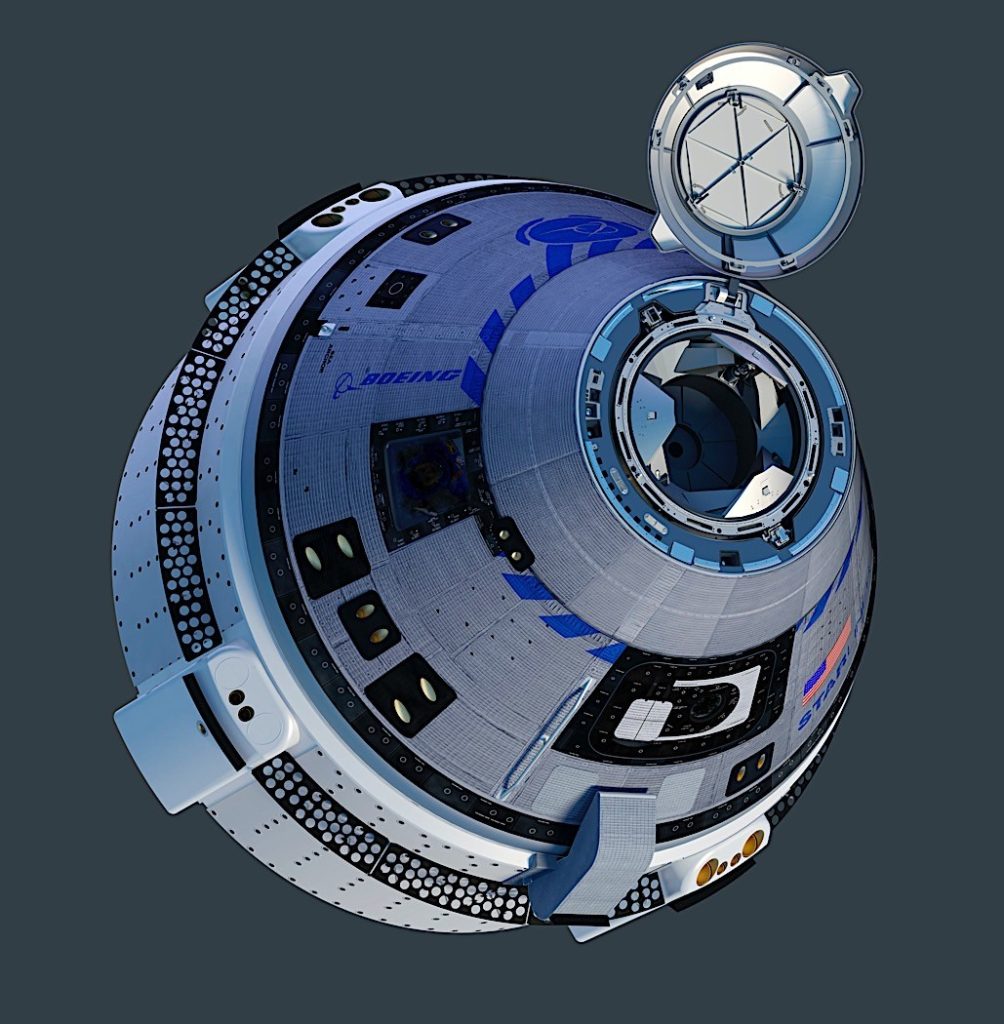
The Boeing Starliner capsule is a next-generation space capsule aimed at facilitating travel to and from low-Earth orbit. Developed in partnership with NASA’s Commercial Crew Program, this innovative spacecraft is designed to accommodate up to seven passengers or a combination of crew and cargo for missions into Low Earth Orbit. Starliner has an advanced design featuring a weldless structure that enhances durability and enables reusability for up to 10 missions with a turnaround time of six months.
Back & Forth: When Will It Fly?
As of 19 March, Boeing has started fueling up its Starliner capsule ahead of the vehicle’s first-ever astronaut launch. The spacecraft, comprised of a reusable crew module and expendable service module, was recently transferred to the Hazardous Processing Area within Boeing’s Commercial Crew and Cargo Processing Facility (C3PF) at Kennedy Space Center in Florida. Over the next two weeks, the propellant loading operation will be carried out by a team of technicians and engineers.
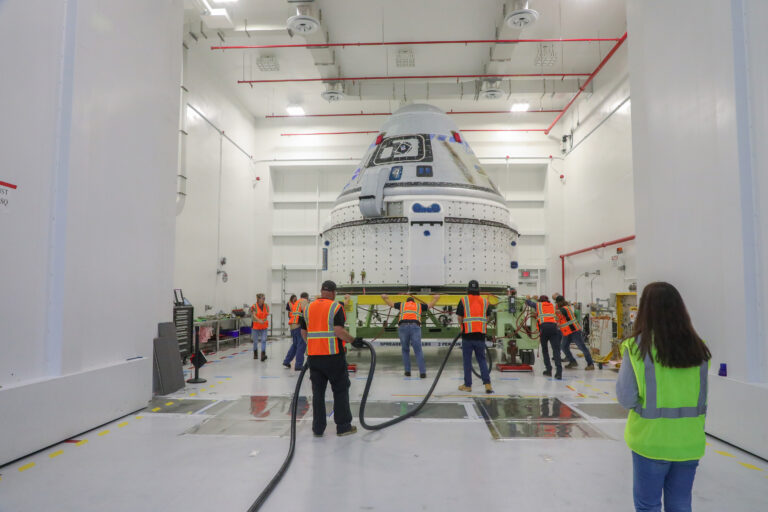
According to the company’s update, once fueling is complete, the spacecraft will undergo final closeout procedures before being transported to United Launch Alliance’s Vertical Integration Facility at Cape Canaveral Space Force Station. These activities involve tasks such as removing propellant access panels, applying environmental covers, conducting thermal protection system checks, and verifying weight and centre of gravity parameters before loading onto the transport vehicle.
The Crew Flight Test (CFT) mission is currently set for liftoff in early May. It will be launched atop a United Launch Alliance Atlas V rocket from Cape Canaveral Space Force Station on Florida’s Atlantic coast. This mission will ferry NASA astronauts Suni Williams and Butch Wilmore to the International Space Station (ISS) for an estimated 10-day mission duration.
Previous Starliner Capsule Launches: Fails & Tests
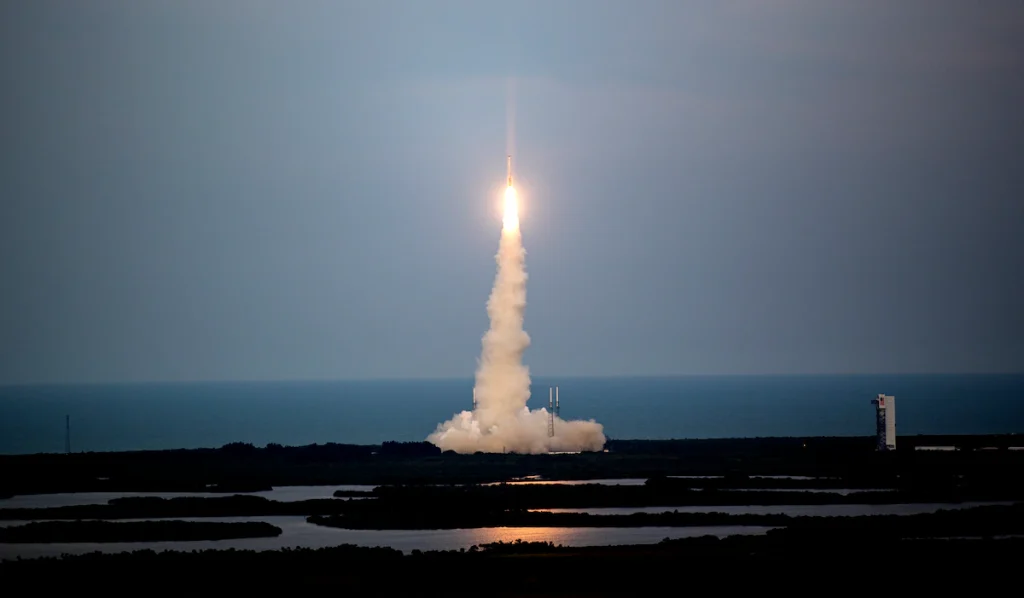
The first attempt to launch Starliner into space occurred on 20th December 2019. Back then, Starliner, as part of the Orbital Flight Test 1 mission, aimed at docking with the International Space Station (ISS) and orbiting Earth for approximately two days without a crew onboard. Riding atop a United Launch Alliance Atlas V rocket from Cape Canaveral, Florida, the spacecraft initiated its ascent at 6:36 a.m. EST (1136 GMT) as scheduled.
However, excitement turned to disappointment when, 90 minutes into the mission, then-NASA Administrator Jim Bridenstine announced that Starliner would not reach its intended destination. Despite a smooth launch, an error in the capsule’s internal clock caused it to consume excessive fuel, and thus preventing a safe docking with the ISS.
In response, Boeing engineers made a controlled landing in New Mexico, utilising airbags for a soft touchdown – a critical phase of the testing process. A thorough review by a joint NASA-Boeing independent team identified 80 corrective actions to be addressed, encompassing testing protocols, software requirements, operational procedures, and hardware modifications.
After a long period of repairs and numerous delays, including technical challenges (stuck valves in the propulsion system), Orbital Flight Test 2 (OFT-2) finally lifted off on 19th May 2022, from Cape Canaveral Space Force Station and later achieving a successful docking with the ISS as planned.
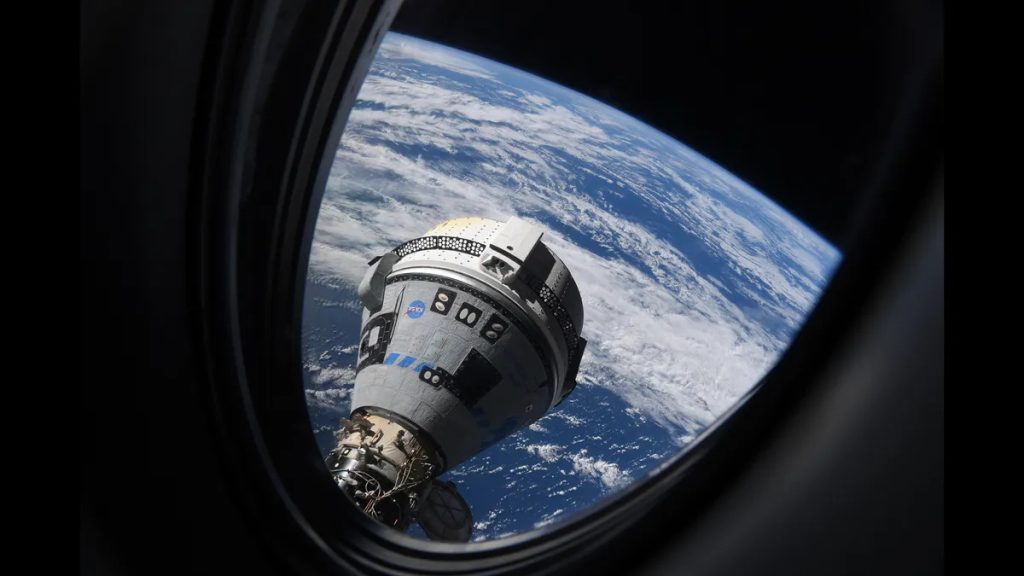
While OFT-2 carried no astronauts, it transported payloads to the ISS, including supplies and commemorative items such as banners from historically Black colleges and universities, Silver Snoopy pins, and Rosie the Riveter commemorative coins, symbolising the contributions of American women to the aerospace industry during World War II. But, are we going to witness a crewed flight of Starliner?
Future Launch
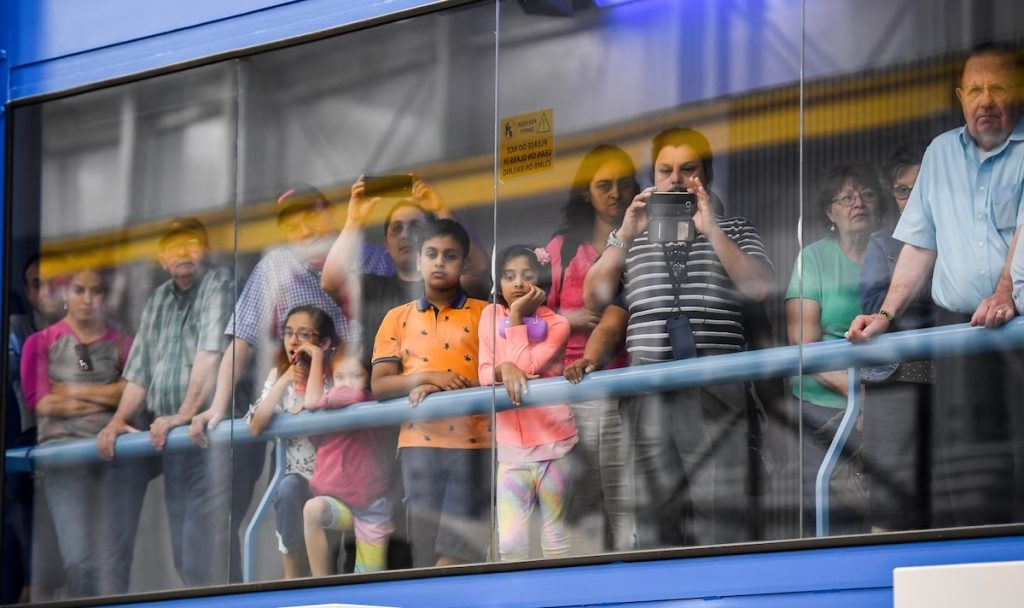
After enduring more than five reschedules, NASA and Boeing have set May 2024 as the target for the first crewed test flight of the Starliner. This mission aims to replicate the milestones accomplished during OFT-2 while introducing the crucial element of a crew on board. NASA has assigned astronauts Barry “Butch” Wilmore and Sunita Williams to pilot this pivotal test flight.
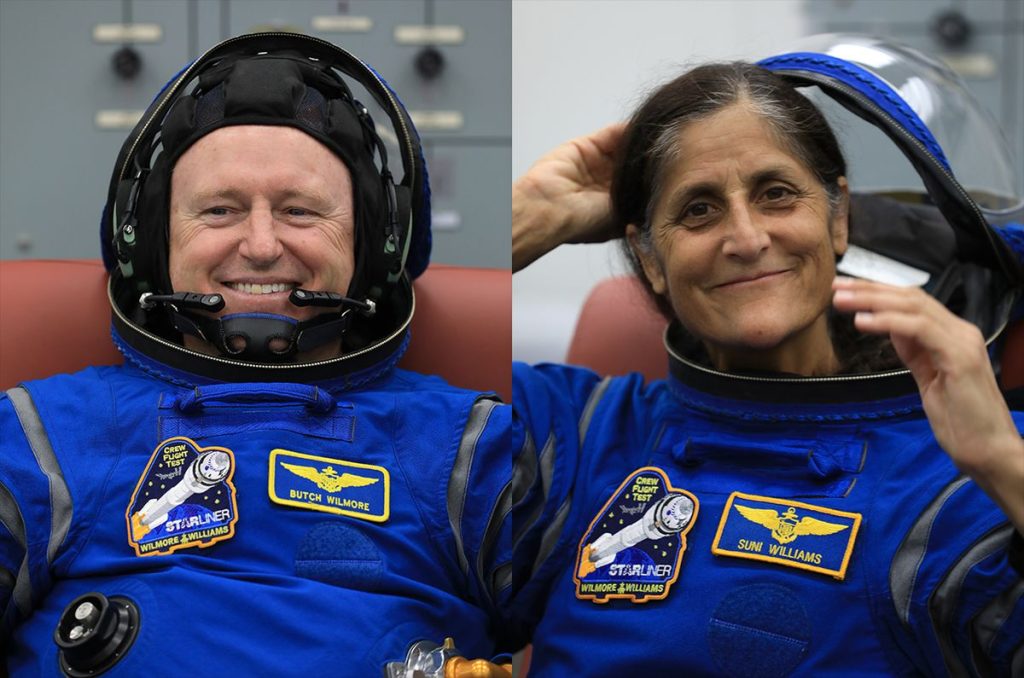
However, given the turbulent history of Boeing, including the 737 Max incident and other serious financial mishaps, the company’s reputation stands compromised. So, it’s reasonable to anticipate potential delays stemming from failed audits by the Federal Aviation Administration (FAA) and the ongoing Department of Justice criminal investigation into Boeing’s practices. We will diligently provide updates on all developments regarding the Starliner Capsule.
We’ll make sure to keep you posted on all the latest news about the Starliner Capsule.




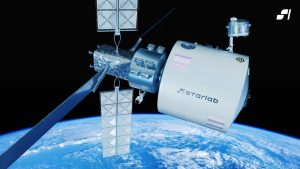

Thank you for your comment! It will be visible on the site after moderation.